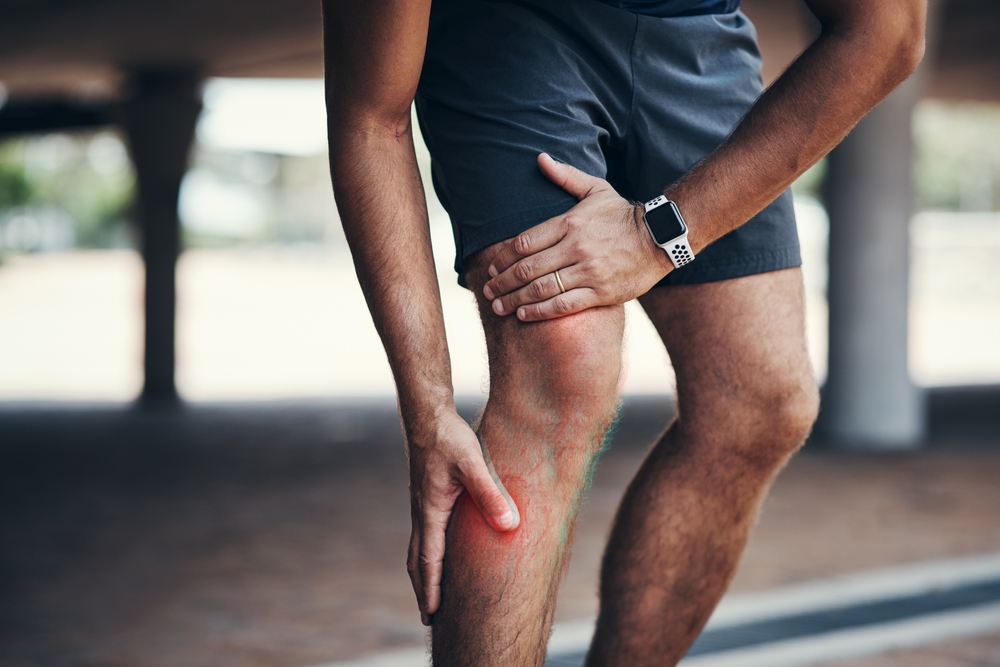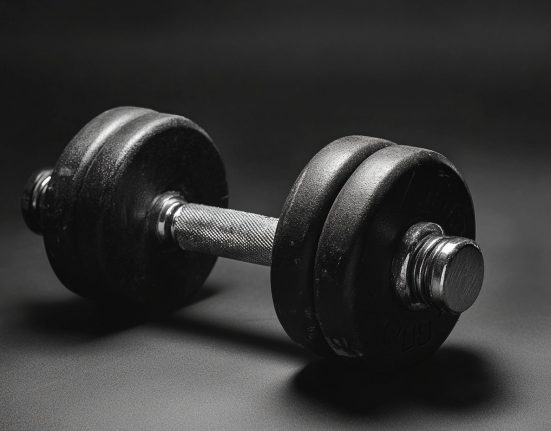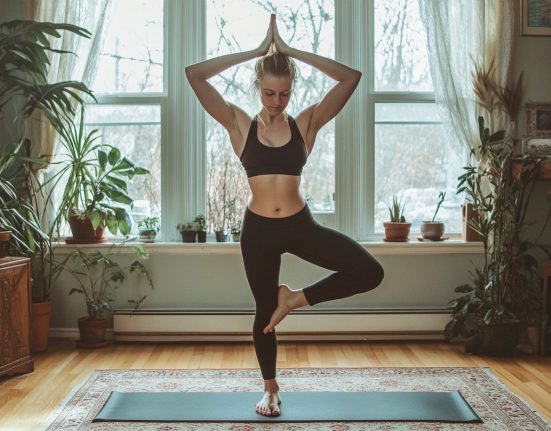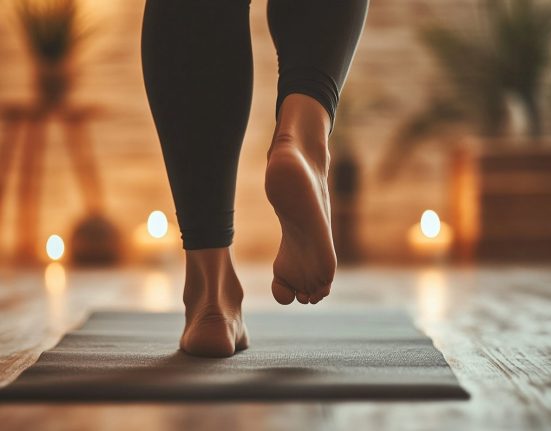From backs, knees and hips to ankles and wrists — your joints are involved in all kinds of physical movement.
“Physical activity is essential for overall health. And that means protecting your joints is vital,” said James Holstine, DO, a PeaceHealth orthopedic surgeon in Bellingham, Washington.
So how can you get a good workout, prevent injury and keep your joints healthy?
Here are a few tips:
- Warm up before you start: Walk in place, lightly jog, stretch or use a foam roller to help loosen up your joints and muscles before you start exercising. Stretches for hamstrings and knee-to-chest may be especially useful. Five to 10 minutes of warm up is time well spent.
- Build strength in supporting muscles: Your muscles take stress off your joints — especially the big muscle groups like those in your legs. Focus on strengthening your core (back, chest and stomach), legs and arms. You might find a resistance-training program useful.
- Choose low-impact exercise: Walking, swimming and cycling are good examples. They don’t jolt or put stress on your joints like running or jumping. Read more on exercising with joint pain.
- Use proper form: This is important to avoid injury. Here’s one example. When lunging or holding a stretching pose, keep your bent knee from going past your toes. In general, avoid over-extending away from your core. These tips on lifting can help keep your back safe. Not sure if your form is on point? Ask a trainer or physical therapist for help.
- Wear appropriate shoes: Shoes that provide support and cushioning can reduce stress on your joints and prevent injury. Plan to replace your shoes every 500 miles (or every six to 12 months). See a few ideas for choosing good footwear.
- Stay hydrated: Drinking water can reduce joint pain and inflammation or swelling. It can also promote overall joint health.
- Listen to your body: Does your hip ache? Or your knee hurt when you bend it? Pay attention to any pain or discomfort you feel. If you experience pain in a joint, you might want to rest or adjust your routine.
- Gradually increase intensity: Start with low-impact exercises (see tip #3 above). As you get stronger, you can increase your effort, little by little over time.
- Revisit your weight-management goals: Extra pounds put a lot of pressure on joints. If you have some weight to lose, keep trying. Follow the tips above. And give yourself credit for making the effort to be more active.
“I can’t stress the last tip enough,” said Dr. Holstine. “Losing even one pound can make a big difference.”
As you get older, you might still feel pain in your joints, even when following the tips. You may want to talk with your provider or a PeaceHealth physical therapist. They can share for ideas to balance your fitness plan with your joint health.
And if you think it’s time for joint replacement, take this free knee and hip health assessment to see if surgery might be right for you.









